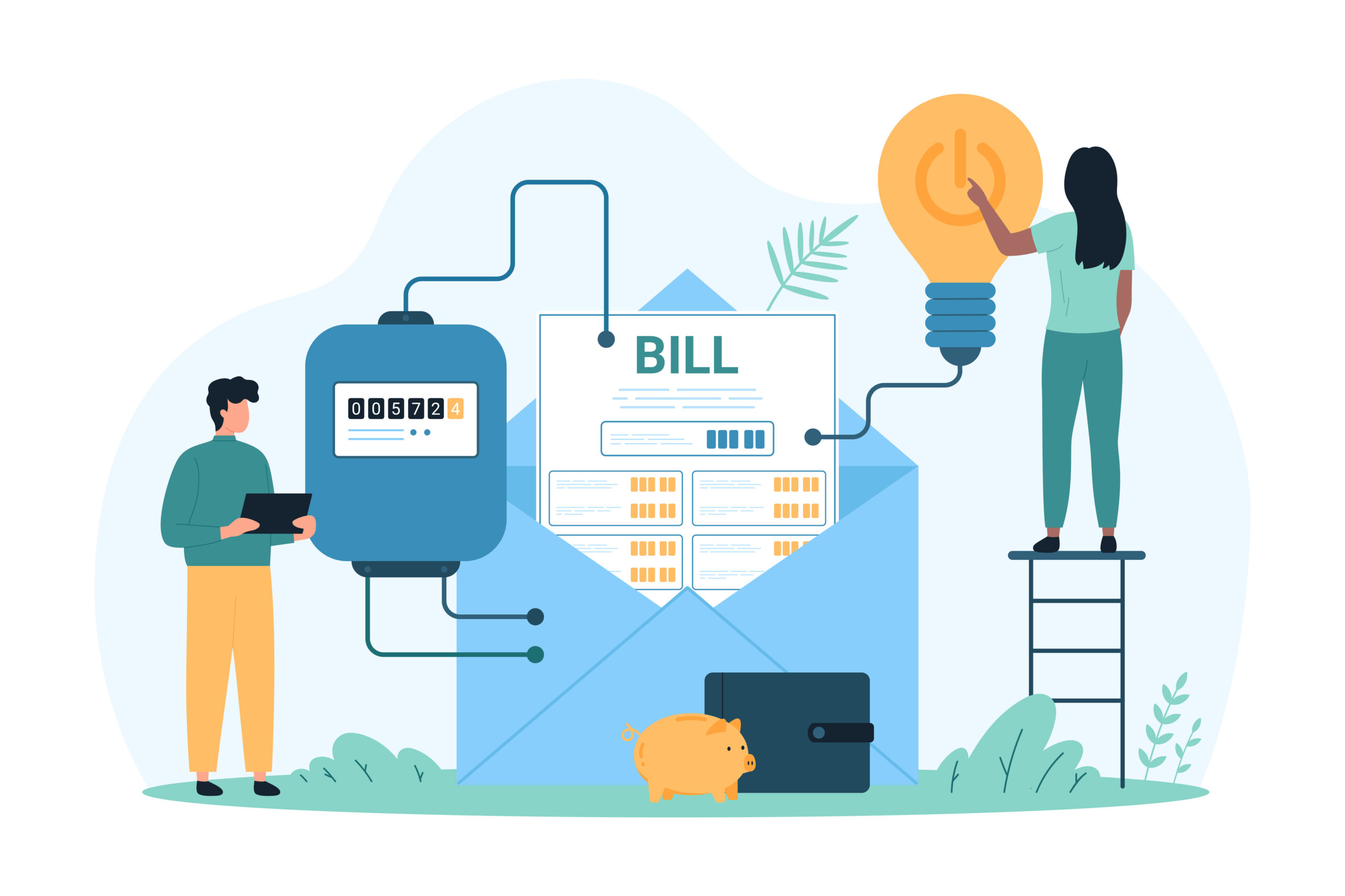Load management strategies are nothing new to utilities. Historically, load management was comparatively simple. Demand curves were relatively predictable, as customer behaviors often conformed with social norms like work and commuter schedules, as well as reasonably reliable weather patterns. With the introduction of increased decarbonization and electrification efforts necessary to mitigate the impact of climate change while divesting from fossil fuels, utilities are strained to meet consumer demand. Fortunately, with more behind-the-meter distributed energy resources (DERs) on the market, and more projected in the future, utilities have opportunities to utilize these energy assets in a more cohesive load management strategy through the use of Grid-Edge distributed energy resource management systems (DERMS). So what should utilities interested in establishing their demand flexibility initiatives look for in a Grid-Edge DERMS?
DERs Today
A recent study indicates that the U.S. is set to add 217 GW of distributed energy resources (DERs) by 2028. This analysis is paralleled by the recent Department of Energy Pathways to Commercial Liftoff: Virtual Power Plants report, which found that 80-160 GW of virtual power plant capacity—which the report identified as any one of several demand flexibility programs like demand response—by 2030. Distributed energy resources (DERs) including solar, battery, electric vehicles and EVSE, and smart devices like thermostats and water heaters represent the variety of behind-the-meter assets that utilities need to meet demand over the next decade, a challenge encumbered by the electrification and decarbonization efforts needed to mitigate the effects of climate change, and hampered by aging infrastructures, energy insecurity, and increases to extreme weather and temperature events.
As noted, behind-the-meter distributed energy resources (DERs) are becoming increasingly commonplace and widespread, especially as access to broadband and WiFi increases. To meet this need, utilities can harness Grid-Edge DERMS to aggregate these otherwise disparate resources to better meet demand. Before diving in, let’s look at the difference between Grid DERMS and Grid-Edge DERMS.
Grid DERMS vs. Grid-Edge DERMS
In case the jargon is a little confusing here, it’s important to note that the distinction between Grid DERMS and Grid-Edge DERMS is recent, a healthy reminder of how the energy sector is rapidly evolving to support novel ideas. Generally speaking, a distributed energy resource management system (DERMS) is, as the name suggests, a platform used to aggregate DER assets. DERMS are divided as:
- Grid DERMS – This type of distributed energy resource management system is behind a firewall, used by utilities to aggregate and shift utility-owned assets like solar fields or battery installations.
- Grid-Edge DERMS – By contrast, a Grid-Edge DERMS is a cloud-based system used to aggregate behind-the-meter DER assets, which often manifests in residential demand flexibility programs.
Because Grid DERMS manages utility-owned assets, they have proven an altogether reliable DER resource for grid operators who need certainty in their load management. Grid-Edge DERMS complement this strategy, by accessing the behind-the-meter DERs along the edge of the grid, or put differently, in customer homes. Through the use of Topline Demand Control functionality, which combines artificial intelligence, forecasting technologies, and model predictive control to optimize DER assets, yielding the requested outcome during the demand event window reliably, removing uncertainty from behind-the-meter DER management.
Question 1: How does the Grid-Edge DERMS integrate with Original Equipment Manufacturers (OEMs)?
Enrolling and managing bring your own device (BYOD) DER programs among multiple DER device types is challenging. Behind-the-meter devices & IoT integrations are the determining factors for the success of demand response programs. Before committing to a DERMS, you’ll want to ensure it easily integrates with OEMs and that the integration passes over the data points needed to monitor and track enrolled devices.
Consider the level of effort your development or IT teams will have to take on every time you decide to add a new device type or brand to your program. Does the Grid-Edge DERMS use open standards like OpenADR or a modern open spec API like Gravity Connect that can easily provide the device telemetry and control capabilities required to participate in utility programs? These are questions you’ll need to answer to determine the timeline and scope of your potential program.
Question 2: How scalable are your DERMS of choice? What other capabilities does it have?
There are many aspects to consider when thinking of the scalability of the software. First, let’s discuss what scalability means. In this context, scalability refers to whether or not the software will scale as your program does. For instance, does the DERMS easily integrate with multiple device types so that as your demand flexibility programs grow you can easily add new devices or additional OEMs of the same device type? You might want to start with a smart thermostat pilot, scale the program, and later you might scale up to include a smart water heater program.
Does the DERMS have additional features that can be added that allow you to focus on other aspects of DR programs, like customer engagement or demand forecasting? Your DERMS of choice should integrate into customer engagement tools that allow you to interact via email and SMS directly with your customers about:
- Energy usage
- Program enrollment and participation
- Program incentives
Remember that in addition to enhancing customer satisfaction at the heart of the industry, happy customers can lead to higher revenue and other fiscal opportunities.
Question 3: Does the DERMS provide comprehensive real-time data and analytics?
The adage “data is king” aptly encapsulates the unparalleled value of robust analytics capabilities; the depth and breadth of your knowledge directly amplifies your ability to refine and optimize operations. In the realm of demand flexibility programs, the necessity of comprehensive, real-time, and historical data cannot be overstated. A sophisticated Grid-Edge DERMS is indispensable for controlling costs and mitigating the impact of transmission peaks, relying on timely data and detailed reporting. As you’re making your decision, consider these crucial data metrics:
- Customer opt-out rates from demand flexibility events
- Automated metering infrastructure (AMI) data to assess the efficacy of demand response initiatives
- Energy savings per event measured in kilowatt-hours (kWh)
- Peak load reduction measured in kilowatts (kW)
- Average kW reduction sustained throughout the event duration
- Peak rebound in kilowatts post-event
- Device-specific data (e.g., HVACs, water heaters, smart thermostats, EVs, batteries) including customer behavior patterns, allowing for grouping and targeted management
- Aggregated data across all devices within demand flexibility programs, crucial for evaluating overall program effectiveness
- Real-time status of connected devices, including their online presence and participation in active demand response events
Does your Grid-Edge DERMS monitor these critical data points? Does it possess the analytical tools required to streamline and elevate your operational strategies? In this landscape, information is power, and as the saying goes, knowing is half the battle.
Question 4: Is the DERMS easy to implement?
Usability and efficiency aren’t just critical, but pragmatic decision points to consider with any software solution. For example, suppose you find a Grid-Edge DERMS that has your required features at an affordable price point. If that DERMS is overcomplicated or counterintuitive, it can incrementally slow down any actions from enrollment to deployment. From start to finish, you might ask yourself the following questions:
- Does the vendor have a client success team ready to guide and assist with the implementation of your program? What does support look like in the long run?
- If you onboard other teams internally, is the software user-friendly?
Make sure the vendor solicits information and guidance from actual utility program managers about how best to create it so that it is easy to implement. You may consider software solutions that have rich utility and device (OEM) partnerships, which can streamline your process.
Question 5: Does the DERMS provide a user-friendly portal for your utility customers?
Customers want to take part in programs that leverage their (existing and new) devices and provide incentives for participation and customer engagement is key to a strong and involved user base. You’ll want to make sure the Grid-Edge DERMS platform you choose has the features and functionality to capture customer data and then take advantage of that data.
Within that portal, utility customers should be able to:
- View upcoming demand response events
- Easily opt out of events
- View energy efficiency savings due to demand response events
- Directly message back and forth with
Just as your operation benefits from the ease of use for implementation and program deployment internally, program participants benefit from user-friendliness. A poor user experience (UX) can lead to decreased participation and lower revenue. Make sure your Grid-Edge DERMS is set up to streamline these processes as much as possible.
Question 6: Does the vendor have their head in the cloud or are they SaaS-y (What is the licensing model?)
You’re probably wondering why this even matters. Perpetual licensing is quickly becoming a thing of the past as software as a service (SaaS) models have quickly grown to dominate the market. In fact, studies indicate that SaaS models currently account for around 70% of all software companies, and that figure is expected to continue to grow.
Reasons a SaaS licensing model is beneficial for modern utilities include:
- Cost-effectiveness – With a SaaS model, there are significantly lower upfront costs, as well as the ability to spread the payments across a set contract period.
- Easy and quick software upgrades – Since SaaS software is cloud-based, your DERMS provider enhances the platform with new features and updates, meaning your software can automatically update without interfering in your demand flexibility strategies.
Honestly, that list could go on. SaaS solutions offer an array of benefits to program managers, from ongoing updates to support, streamlining your processes, and helping to save on long-term business costs.
Questions to Ask About Your Grid-Edge DERMS Conclusion
The challenges of the utility industry continue to evolve every year, from increasing extreme weather events taxing the grid to electrifications adding complexity to the load curve. Determining the right Grid-Edge DERMS to help navigate these new challenges is no small task, but one worth pursuing. Are these questions useful in your investigation? Let us know!
This blog was originally published on February 10, 2023 with updates on August 16, 2024.





